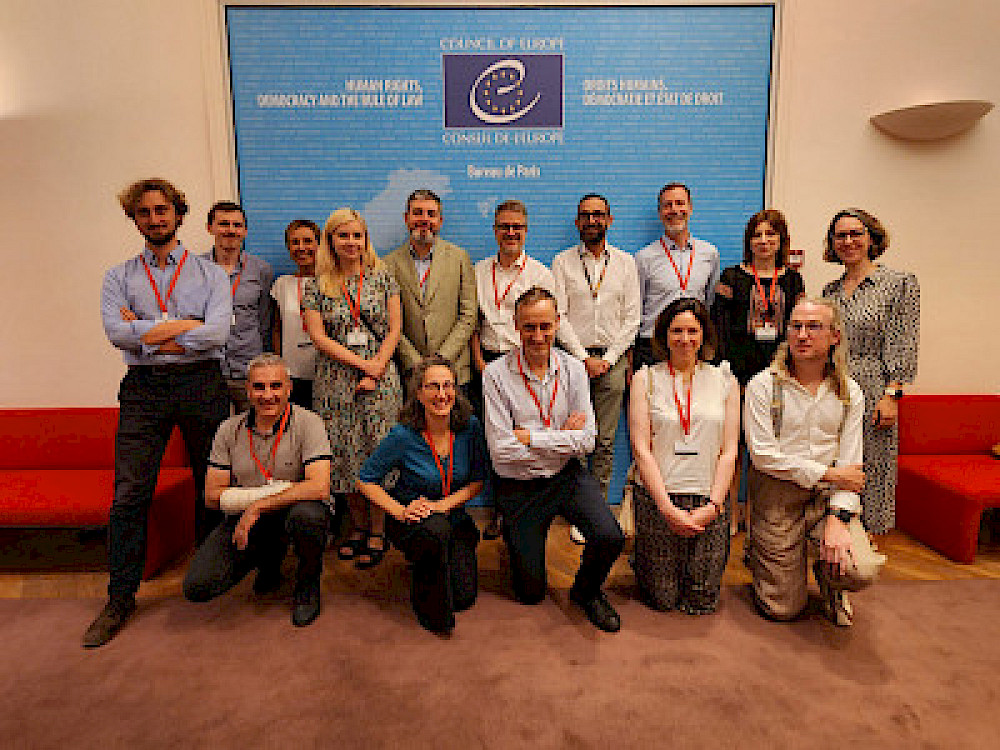Content may still be king of publishing but data is queen of digital media. This was the message to take away from NCI’s Go Further Session on July 29th where a panel of speakers from Independent News & Media (INM) outlined their views on “The Business of Today’s Newspapers and The Impact of Data and Digital on the Industry”.
For all its content expertise, the newspaper industry has struggled to position itself in digital media. As INM Group Technology Editor Adrian Weckler argued, the news “industry doesn’t do enough to move with the times or capitalise on its content goldmine”. He partly attributes this failure to the cultural age-gap between industry decision-makers and youthful digital consumers. Consequently, those who initially dismissed Facebook as a passing fad are now forced to deal with it as a major source of online news traffic.
Mr Weckler further argued that newspapers will have to rely on more than content provision if they are to remain relevant to an information system that is advancing towards wearable tech and the semantic web. While a Financial Times style subscription model seems ideal for publishers, he believes it is unrealistic for outlets proving general rather than niche content. Instead, newspapers will have to explore new ways of generating revenue and reaching audiences. Unsurprisingly, the industry is investing heavily in data analysis to reinvigorate practices across decision making, marketing, and storytelling.
Digital Personalisation: INM‘s Principal Data Scientist Dr Mick Kerrigan outlined the strategic role of data in shaping business decisions over the long term and at the day-to-day level. In contrast to the limited information revealed by circulation figures, it is now possible to track and respond to detailed digital consumption trends.
The rapid growth of mobile news consumption is the key factor driving the “digital first” publication strategy whereby digital content is no longer treated as an after-thought to print. Beginning in early 2014, the INM data science team tracked mobile users’ navigation and consumption patterns to redesign web interfaces for a better user experience. The result has been a significant increase in traffic from mobile devices.
As Dr Kerrigan sees it, the future of digital publication lies in personalisation. In place of the single newspaper edition with its prioritised front pages and headlines, each user will encounter a version of the paper that is tailored specifically to their interests. In effect, he said, this is already happening as people increasingly access the news stories they are interested in via social media. In this context, outlets like The Telegraph test multiple story headlines to maximize receptiveness and social media sharing.
Data-Driven Marketing: The capacity to instantly assess users’ responses to content is also shaping marketing practices. As INM Campaign Manager Mitchell O’Gorman explained, technology allows advertisers to communicate more directly with, and respond to, their target audiences. In keeping with the emphasis on personalisation, he outlined a future in which adverts will be targeted directly to our phones at the times when we will be most receptive to the content.
At present, he noted that many advertisers continue to prioritise desktop platforms even though studies have repeatedly shown that display adverts are easily ignored and that a significant proportion of the under 35s use ad blocking software.
To push against these trends, marketers are investing in “native advertising” whereby promotional material is designed to blend into the style and format of a publication’s news articles. While “advertorials” have been a feature of the publishing industry for decades, Mr O’Gorman noted that quality newspapers are investing more energy into producing native content. Both the New York Times and Wall Street Journal have divisions dedicated to creating sponsored advertising content. Citing a leaked internal report from the New York Times, Adrian Weckler also noted that the paper is revising its stance on the traditional “church and state” separation of editorial and business operations.
Data-Driven Reporting: The Irish Independent’s Environment Editor Paul Melia highlighted recent examples of data-driven storytelling. While print articles were confined to summarising notable information, digital platforms allow journalists to display data as a detailed and contextualised narrative. For example, the Crime Nation report used Central Statistics Office data to provide an interactive map of crime figures and Garda staffing levels across the country.
While journalists have always relied on official reports, Mr Melia noted that data-driven driven reporting is based on the increased access to data and the capacity to present this information in an engaging way. To avail of these new opportunities, journalists need to upskill and work more closely with data science teams. He also identified some obstacles to data-driven reporting: information is not always reliable; some government agencies are slow to provide data; and poor national broadband infrastructure impedes reporting.Regarding the latter, he described finding himself at a regional count-centre with no broadband access to update results to independent.ie’s Elections 2014 platform.
The Future of Newspapers: These speakers describe a future in which the concepts of a newspaper and a national press will be very different from the past. As publishers and journalists rely on hard metrics to assess their readership, content will be increasingly personalised to individual rather than national interests. The rise of native advertising is likely to be especially contentious. It could also be self-defeating as blurring the lines between news and advertising is potentially damaging to the public trust that newspapers have spent decades developing.





